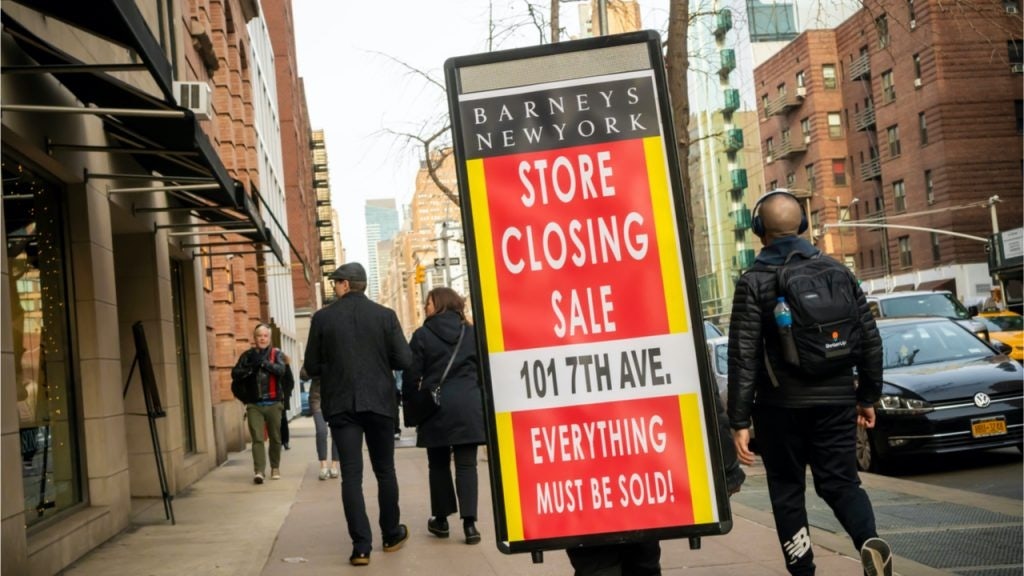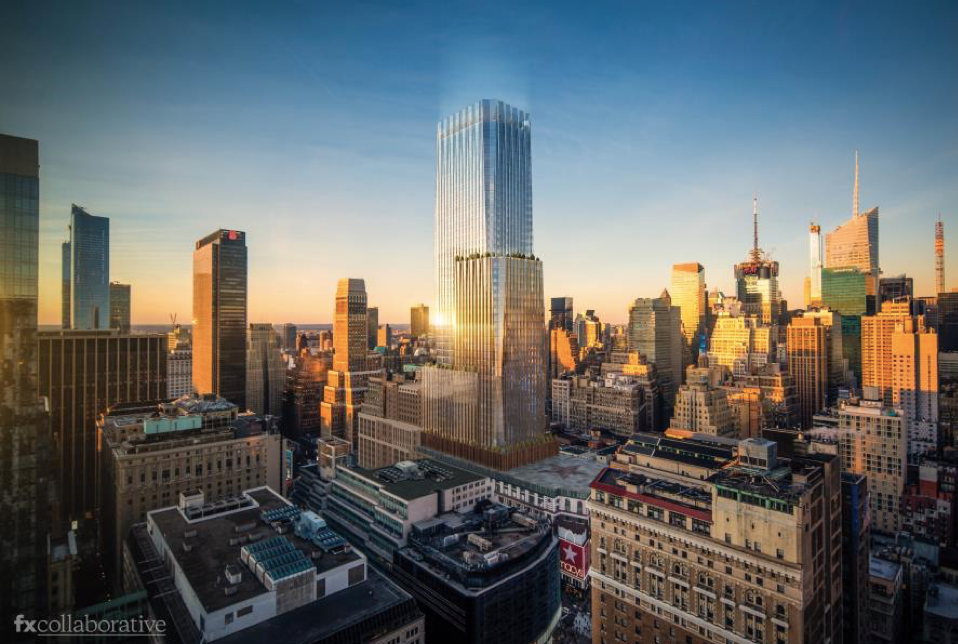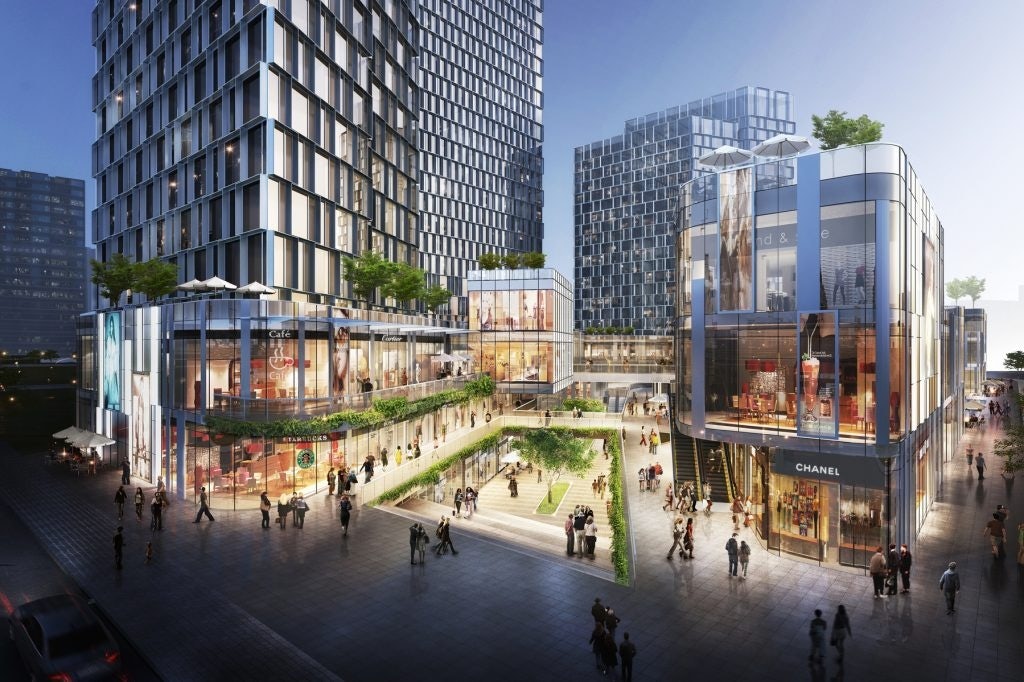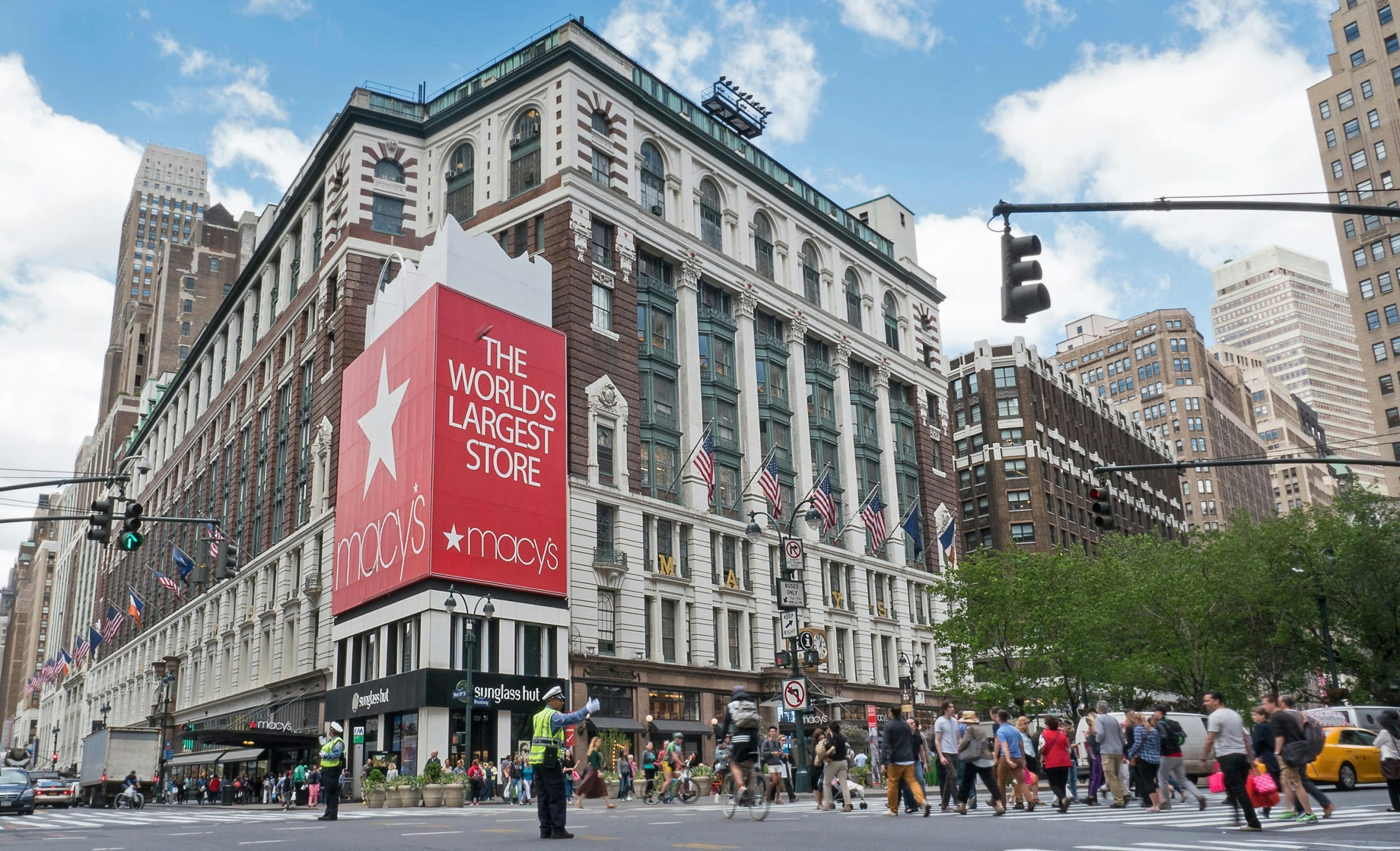In the US, the average corporate employee spends 8.5 hours of their day in an office. But in China, that number is even larger, and employees there even spend additional time inside their work complexes. Take Wang Shuyao, a 25-year-old former employee of a software company housed in central Shanghai's Kerry Centre, for example. A typical day for Wang at the Kerry Centre involves more than just time spent in the office: having lunch, taking strolls with colleagues, and hanging out with friends after work are just some of the other activities Wang engages in at the Kerry Centre. Her work-cum-shopping complex provides high-end retail, dining, and entertainment for its office workers, which makes an extended day at the Kerry Centre possible. This new model, called a "mixed-use" development project, has been ubiquitous in China’s first-tier cities since the early 2010s.
But mixed-use projects are relatively untested in the US — aside from a few recent projects like New York City’s Hudson Yards — and traditional US retail and department store businesses have been failing at alarming rates lately. Saks Fifth Avenue’s owner, the Hudson’s Bay Company, agreed to a buyout deal last October, according to the Financial Times, and Barneys New York Inc., once a fashion landmark, officially closed on February 23 after it filed for bankruptcy last year. And just this past Tuesday, Macy’s reported that its net income for the full 2019 fiscal year fell around 50 percent and its earnings slipped more than 30 percent to $2.91 per share from $4.18 a year earlier — all while the stock market witnessed double-digit growth.
Department store retailers are now facing added competition from e-commerce sites such as Yoox Net-a-Porter and Farfetch, as well as pressure from customers to provide them with more than just a shopping destination. Given this increase in closures, American department stores have been forced to look for new retail solutions. Hong Kong-based property developer Hang Lung Properties, who is the creative force behind China’s benchmark of luxury malls like Shanghai Plaza 66, told Jing Daily that mixed-use models have been an enormous success for them — but can they work in the US?
A Proven Model in China#
Despite not being a regular luxury shopper, Wang is well-versed in the storefronts she passes every day on her path from the subway to her office. “I remember Michael Kors and Loewe’s gigantic posters, and I was surprised to see 3.1 Phillip Lim and Issey Miyake's stores because they don’t appear in malls often,” she recalled. But this brand exposure isn’t a coincidence — it's a strategic part of the developer’s plan.
A trailblazer in China’s mixed-use development business since 1992, Hang Lung Properties said through a spokesperson that its model works because each link supports the other. “Office towers and serviced apartments offer a solid customer base to our retail tenants in shopping malls,” they stated. “This has created an ecosystem in which all sectors are able to self-sustain by supporting one another.”

The company even offered its numbers as proof of its model’s viability. Considered one of the first luxury malls in China, the company’s Shanghai Plaza 66 (which opened in 2001) reported double-digit increases in rental revenue and retail sales of tenants at 11 percent and 15 percent, respectively, over the first half of 2019 — impressive numbers compared to China’s overall ten-year slowing economic growth, which hovered just above 6 percent last year. During that same period, the total revenue from leasing Plaza 66 reached $117 million (827 million RMB) with $44 million (312 million yuan) or 38 percent coming from its office towers.
Retail alongside office spaces also caters to consumers’ evolving needs, said Edward Chao, the studio director and principal at the Shanghai office of the global architecture firm Gensler, to Jing Daily. Chao’s innovative company has developed an experience index with five components — tasks, social, discovery, entertainment, and aspiration — based on research done in the US but used on projects around the world. This index helps gauge how design factors impact the consumer experience for people who visit mix-used developments and form valuable insights about consumer groups like millennials that are integral to the success of these properties. “As millennials become the main consumer and the main workforce, our research has shown that they crave different types of experience in these spaces,” Chao explained.
In addition to the universal desire for varying experiences, Chinese consumers gravitate toward the mixed-use model because of its convenience. The country of 1.4 billion people has a larger and denser population than the US, and as more people move into China’s cities, it’s easier for services to be interconnected. Since retail and office spaces are integrated, workers like Wang can shop during their commute or work breaks.
A Long Road to Fruition in the US#

Last month, Barneys New York’s Madison Avenue flagship store looked dismal as it prepared for closure. Discount signage, empty clothes racks pushed to the corners, and torn shopping bags on the floor made for a dispiriting picture. Macy's might exit more gracefully thanks to a plan that calls for gradually closing 125 underperforming stores over the next three years, but the message remains the same: traditional department stores are in decline.
But amid this department store apocalypse, a few attempts at multi-use development have appeared stateside. Hudson Yards, which is now an indelible part of New York City’s skyline, has burst forward as the new poster child for mix-use development in the US. Having been built from scratch for a hefty price tag of $2 billion, Hudson Yards, which opened to the public last March, offers a one-stop shopping experience that includes spaces for living, retail, dining, and art activations. Until now, the development’s retailers have reportedly been successful, and the owner is looking to expand the project.
For department stores with access to sufficient capital and existing property, the mixed-use development model presents a potential solution to the failing US department store system — and Macy’s is positioned to do just that. During an investor presentation late last month, the group’s head of real estate, Doug Sesler, announced that Macy's plans to erect a 1.5 million-square-foot office tower atop its flagship store in New York’s Herald Square. He added that an eight-acre Burlington Mall in Boston with retail and office spaces under one roof and over two dozen other mixed-use projects are either under negotiation or in pre-development.
“We own and control great real estate, which we think will give us a great competitive advantage,” Sesler explained at the February presentation. “We need to figure out what’s the best use of this asset if it’s not going to be a Macy’s store.” The group’s “advantage” boils down to its freedom to sell the property or pivot its retail purpose — as opposed to being bound by leases and rising rent. Macy’s rival Nordstrom, for example, is leasing around three-fourths of its 139 full-line stores (either the store or the land) in the US and Canada. And as seen with Barneys New York, a doubled rent of $30 million gave the store a push toward its downhill financial performance of late 2018.
Before realizing their “competitive advantage,” according to Sesler, the sprawling brick-and-mortar space was considered the American retailer’s biggest problem. Glenn Brill, the Managing Director of Real Estate Solutions at FTI Consulting, told Jing Daily that this struggle is very common. “I think for a department store that actually owns their store, the dilemma is that the department store is too big for its purpose,” he said. “How can we repurpose some of the space and give people a reason to come into our store?”
Macy's has been trying to turn this around in recent years, but its efforts to convert self-owned real estate property into mixed-use developments have only just begun. The company appointed Sesler to unleash its real estate potential in 2016 and has since made $1.6 billion revenue from its 135 assets. In 2020, the group anticipates it will make $130 million from real estate, roughly matching the company’s development costs for a smaller mixed-use project, according to Jing Daily’s analysis.

However, these types of real estate development initiatives present a unique set of problems for American players. One issue that might delay or even threaten Macy's Herald Square project is zoning (the land right approval process is at the mercy of government officials and stakeholders before construction can begin). And this month, sources told Bloomberg that completion could take a lot longer than Macy’s expected deadline of late 2021.
“The truth is that large-scale projects vary from municipality to municipality, and the challenge is to justify the value brought by commercial development,” said FTI’s Brill, who has 30 years of industry experience. To prove his point, he pointed out how the development of New York City’s Penn Station had been put on hold for 20 years because the public and private sectors cannot reach a consensus.
In China, however, the process of developing mixed-use properties is simpler in many ways for parties that have government connections. Chao attributes this to both economic and political reasons. First, as the dramatic economic transformation in China unfolds, the Chinese government has offered incentives for developers who take on projects that develop large plots of land. Second, the government solely controls “all the rights to the land and can allocate development where it sees fit,” said Chao, allowing developers to redesign a whole plot from the ground up.
Indeed, China’s high-end retail, mostly owned by developers, holds an advantage in that many of its first major developments in top-tier cities like Shanghai and Beijing were born as mixed-use and experimental models. While these mixed-use developments work in China, the fit for this model US is still questionable.

The modern China of today didn’t exist 40 years ago, and much of the new economy was built from scratch. But in the US, things must be renovated within a predetermined framework. Therefore, US department store owners are faced with more roadblocks than their Chinese counterparts, since the local community plays a much more significant role in development projects. This means projects in the US are more time-consuming — but it doesn’t mean they’re impossible.
American department stores used to stand tall on retail alone, but they can’t afford to do that anymore. Catching up with e-commerce partners is practically an obsession with traditional department stores, but those stores are overlooking what is driving real offline footfall with today’s consumers. Now that there are greater expectations from consumers for multiple experiences under one roof, those developers or department stores who own their plots will have the potential to adapt quickly to their needs.
Retail competition in the US will only continue to heat up. So if department stores that rent don’t act to change their models quickly, they might be left on the outside looking in.
